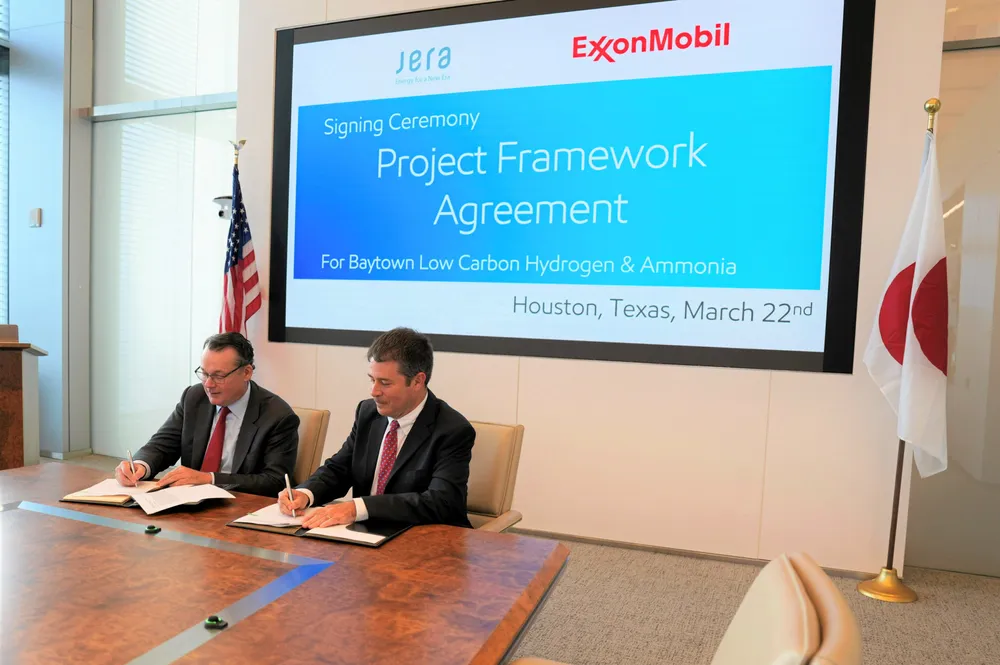ExxonMobil unveils plans to export half a million tonnes of ammonia to Japan from revamped Texas blue hydrogen project
Japanese giant JERA signs early-stage deal to offtake half the NH3 supply from Baytown complex, and take a future stake in the scheme
